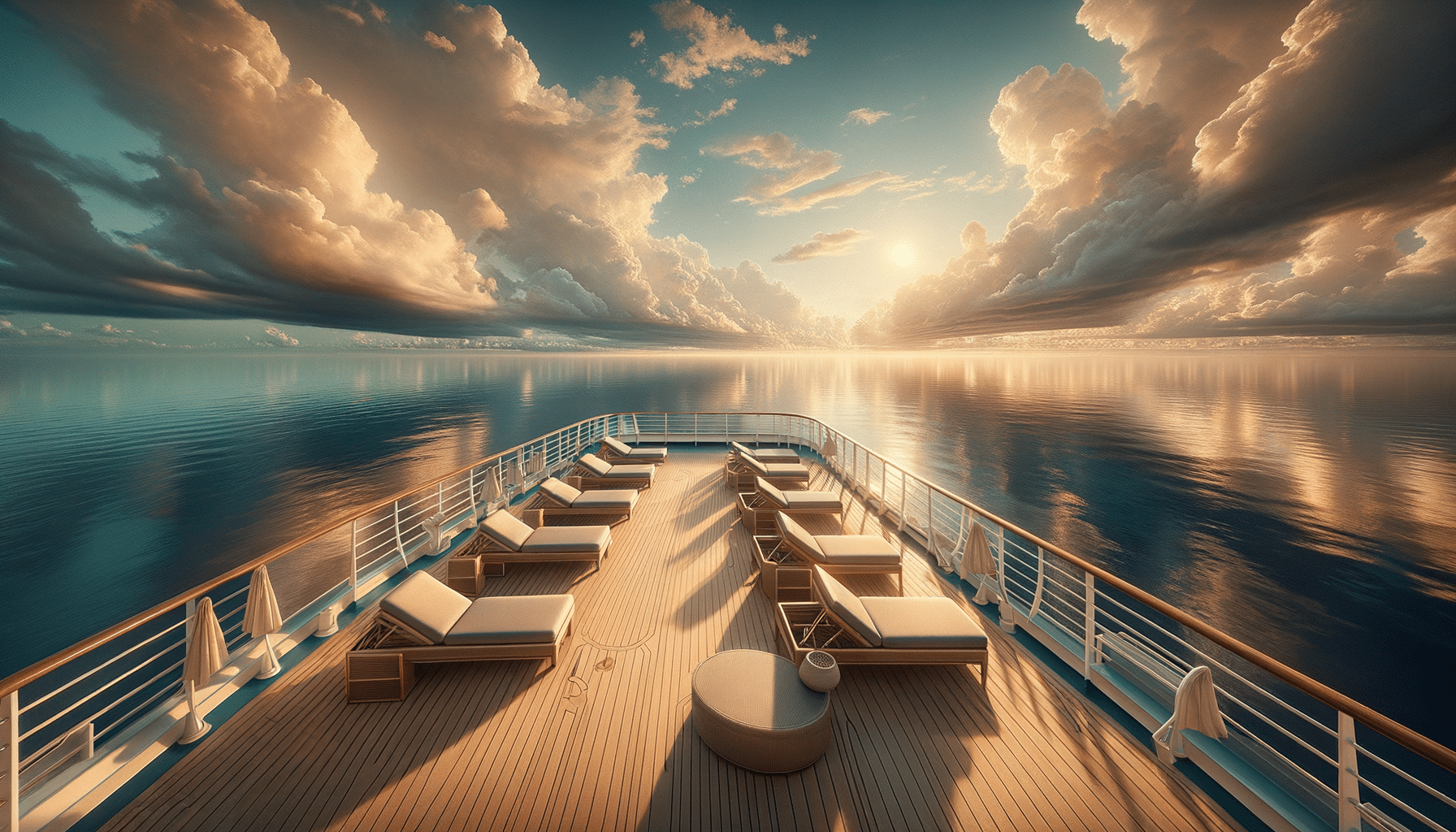
Farm-to-Table: Understanding the Benefits of Buying Local
As we become more conscious of our food choices, the farm-to-table movement has gained significant traction, championing the benefits of buying local and sustainably sourced foods.
Farm-to-table is not just a trend; it’s a lifestyle choice that emphasizes the importance of knowing where our food comes from and how it impacts our environment and communities. By choosing local produce, we support local farmers, reduce our carbon footprint, and enjoy fresher, more nutritious food.
Understanding the Farm-to-Table Movement
The farm-to-table movement is rooted in sustainability and the desire to consume food that is both fresh and environmentally friendly. According to a report by the Food Marketing Institute, a growing number of consumers are interested in locally sourced products, with 93% of respondents stating that they want to support local farmers.
Expert Insights
Renowned food expert and chef, Alice Waters, emphasizes the importance of sustainable eating: “Eating is an agricultural act. By choosing local foods, we reconnect with the land and support a sustainable food system that’s beneficial for everyone.”
The Benefits of Buying Local
| Benefit | Explanation |
|---|---|
| Freshness | Local produce is picked at its peak ripeness and reaches your table faster. |
| Nutrition | Shorter time from farm to table means more nutrients are preserved. |
| Environmental Impact | Reduced transportation reduces carbon emissions. |
| Community Support | Buying local supports local economies and helps farmers thrive. |
| Food Security | Local food systems reduce dependency on long supply chains. |
| Variety | Local farms often grow unique varieties not found in large supermarkets. |
| Seasonality | Eating with the seasons means enjoying produce at its best. |
| Traceability | Know exactly where your food comes from and how it’s grown. |
Personal Anecdote
Growing up, I remember visiting local farmers’ markets with my family. The vibrant colors and fresh scents of the produce were a feast for the senses. These trips taught me the value of supporting local growers and the joy of eating fresh, seasonal foods.
Tips for Embracing Farm-to-Table
- Visit local farmers’ markets to find the freshest produce.
- Join a CSA (Community Supported Agriculture) program to receive regular boxes of local produce.
- Start a small garden to grow your own herbs and vegetables.
- Get to know your local farmers and learn about their growing practices.
Resources for Further Reading
To dive deeper into the benefits of farm-to-table, explore websites like Slow Food and LocalHarvest.
Frequently Asked Questions
What is the farm-to-table movement?
Farm-to-table is a movement that emphasizes sourcing food locally from farms to ensure freshness and support sustainable practices.
How does buying local help the environment?
Buying local reduces the need for long-distance transportation, which in turn lowers carbon emissions and pollution.
Are local foods more expensive?
While some local foods may cost more due to smaller production scales, the quality and freshness often justify the price.
What kinds of foods can be sourced locally?
Fruits, vegetables, dairy, meats, and even grains can often be sourced from local farms.
Conclusion
Embracing the farm-to-table lifestyle means more than just enjoying fresh, delicious food. It represents a commitment to sustainability, environmental stewardship, and community support. By choosing to buy local, we make a positive impact on our health, our environment, and our local economies. Let’s celebrate and support the farmers who bring food to our tables and take an active role in shaping a sustainable future.


